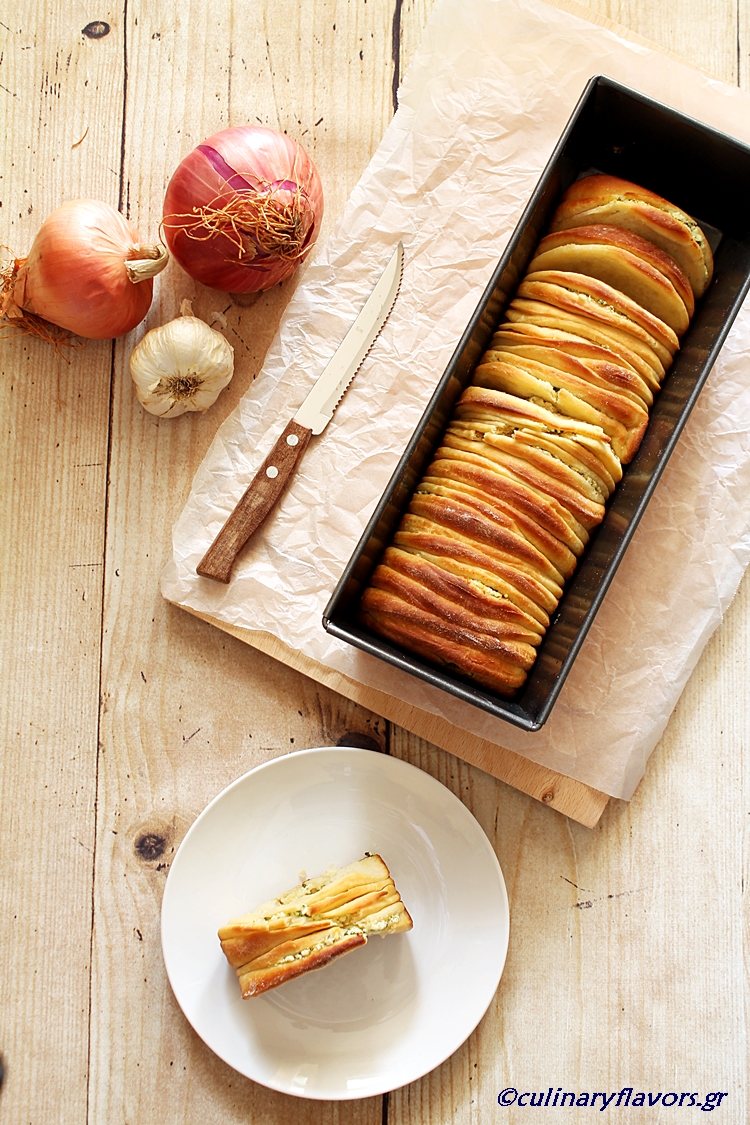The story of thyme goes back to Sumerians some 5,500 years ago. As far as we know, they were the first to use it as a condiment and medicine. In ancient Egypt it was among the ingredients they used to mummify the dead. In ancient Greece, since Homer years thyme apart from condiment it was...
Author: Katerina
Cookie Cups Filled with Coconut Cream
One of the things I remember as a kid, was my mom making me chocolate pudding. I was a very picky eater as a child and my mom had a very hard time feeding me. I was thin as a leaf and she was so worried that I wouldn’t grow the way I should. For...
Argentinian Alfajores
All three previous weeks was carnival period in Greece. A remnant of the Dionysian rituals in ancient Greece, carnival is that period of time when people are dressed in costumes and wear masks. There are several carnival parades in many big cities of the country with bigger that of the city of Patras. Up to...
Lasagna with Sun dried Tomatoes and Chicken
Santorini is one of the most famous Greek islands around the world. Santorini island is basically what has remained after a massive volcanic eruption that destroyed all previous settlements and created the current geological caldera. This enormous volcanic eruption has become the most famous single event in the Aegean before the fall of Troy. It...
Feta Cheese Garlic Bread
Garlic has a long history starting some 6,000 years before Christ. The first who found the plant and used it were the Indians in Asia. The Indian merchants, in turn, made it known to Babylonians and Assyrians and they brought it to all important civilizations of that era. In Egypt, it was consumed by all...
Peanut Butter Pasta
Being a working mother and wife is, sometimes, a real challenging job. Having to work all day and then come home to a hungry teenager and a husband who comes also late at night makes the dinner choice quite a feat. Most of the times, I am really tired and all I want is a...
Orange Pie
Euboea or Evia is the second-largest Greek island in area and population, after Crete. The narrow Euripus Strait separates it from Boeotia in mainland Greece. The narrow Euripus Strait separates it from Boeotia in mainland Greece. In general outline it is a long and narrow island; it is about 180 kilometers long and varies in...
Paella Style Chicken and Rice
Valencia on the east coast of Spain, is the capital of the autonomous community of Valencia and the third-largest city in Spain after Madrid and Barcelona, with around 1.5–2.5 million depending on how the metropolitan area is defined. The Port of Valencia is the 5th busiest container port in Europe and the busiest container port...
Potatoes Dauphinoise
The Dauphiné is a former province in southeastern France, whose area roughly corresponded to that of the present departments of Isère, Drôme, and Hautes-Alpes. In the 12th century, the local ruler Count Guigues IV of Albon (c.1095–1142) bore a dolphin on his coat of arms and was nicknamed “le Dauphin” (French for dolphin). His descendants...
Sweet Potato Soup with Curry
Happy New Year my friends! May 2018 be the year of accomplishment of all our unfulfilled dreams and goals! On Christmas Eve we went out with my mother in law for dinner and we had an amazing sweet potato soup. Apart from that, we did nothing else as my son got a terrible cold which...










